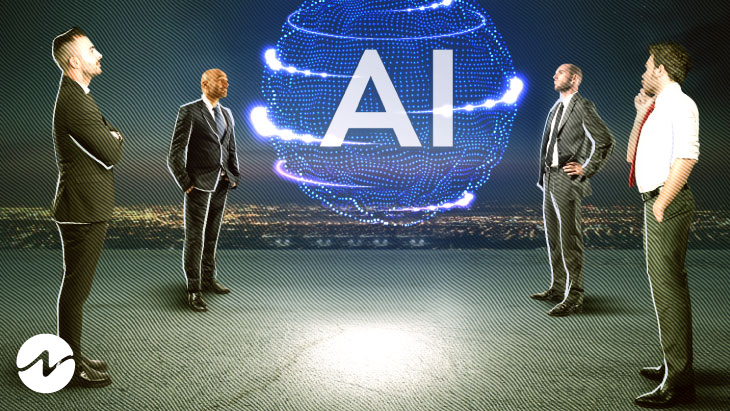Building the world’s largest Decentralized Physical Infrastructure Network (DePIN) for AI is what Decentralized cloud service io.net has declared as its ultimate objective. Io.net seeks to address the lack of GPUs for AI processing by obtaining one million GPUs from independent suppliers of computing resources. In the process, it will create the first machine learning cloud ecosystem that is fully decentralized.
GPU power is becoming one of the most valuable and rare resources in the world due to the emergence of AI. When compared to the expense of training large-scale AI models, demand for GPUs is growing by 10 times every 18 months. As a result, cloud service access has become more expensive and time-consuming, inhibiting innovation and making AI companies wait in queue.
This is what io.net intends to fix by releasing idle GPU capacity on computers all around the globe. This includes independent data centers, whose usual utilization rate is barely 12–18%, as well as mining operations for cryptocurrencies like Solana, Render, and Filecoin, which have witnessed a sharp fall in revenue after Ethereum transitioned to Proof-of-Stake (PoS).
Io.net will compete with established companies like AWS, GCP, and Azure by making GPU processing available, adaptable, and easily accessible. With this approach, huge GPU clusters can be deployed with a single click and can handle demanding machine learning workloads while being operational in less than 90 seconds. In comparison to existing alternatives, io.net claims it can provide GPU computation for up to 90% less money.
Io.net plans to deploy a worldwide network of user-supplied GPUs utilizing an incentive-based rewards system to accomplish these goals. The variety of providers is anticipated to include crypto projects with access to GPU computation, independent data centers with underutilized computer capacity, and miners. GPU suppliers will get payment for the computation they give, fostering a robust market that will foster the expansion of the AI sector.
Ahmad Shadid, Founder & CEO of io.net said: “AI is one step away from starting the Fourth Industrial Revolution but current GPU providers can’t support the scale and speed of innovation. io.net will be able to connect one million GPUs distributed across the globe in under 90 seconds, giving AI startups access to essential processing power on demand.”
The onboarding of cryptocurrency mining farms, which have enormous GPU capacity and have seen their profit margins shrink in the present market circumstances, is essential to attaining these goals. Io.net estimates that by repurposing their farms for GPU supply, they may increase their profits by up to 1,500% while using less energy. As it approaches its goal of one million GPUs, io.net already has 36,000 GPUs available.


